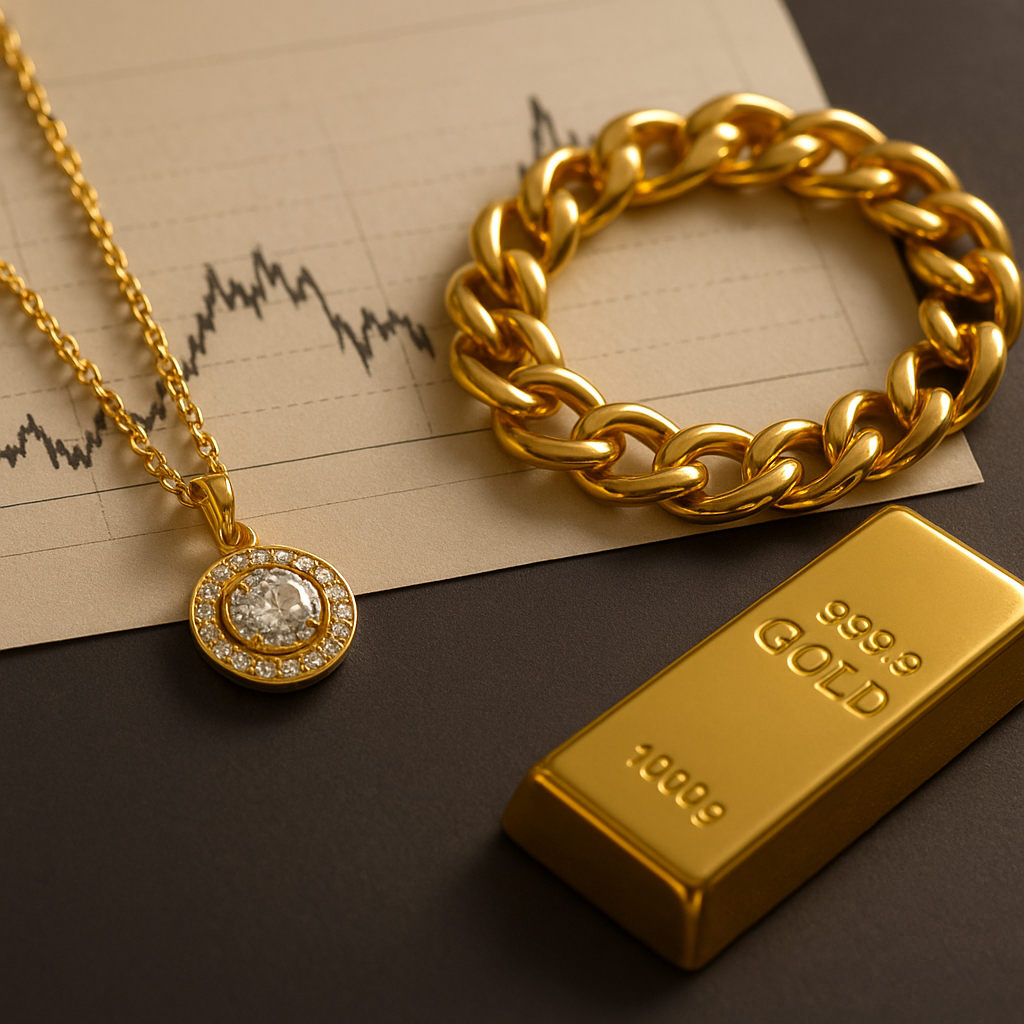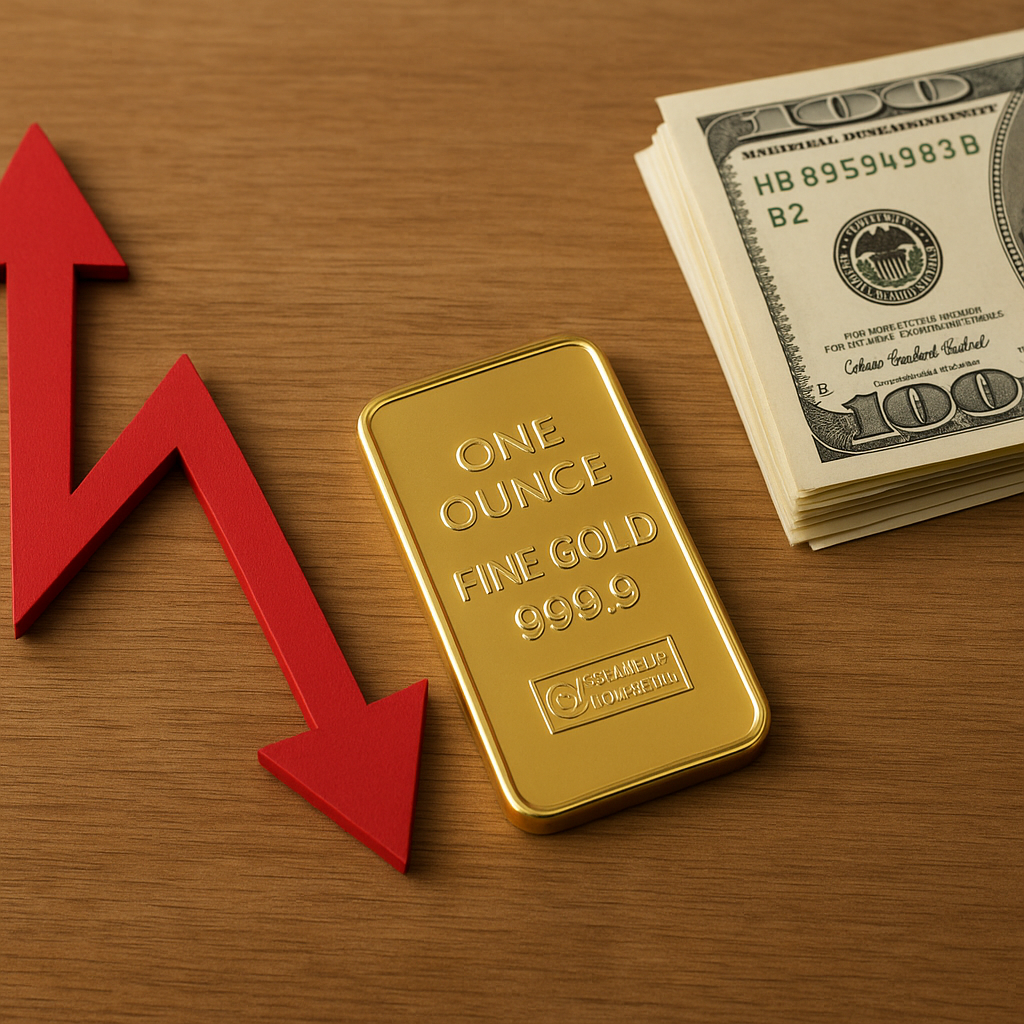The global gold market has always been a topic of intrigue and speculation, with investors constantly questioning whether it is the right time to buy gold. As a precious metal with a long history of being a safe haven during economic uncertainty, gold continues to attract attention from both seasoned investors and newcomers alike. This article delves into the current state of the world gold price, examining the factors influencing its fluctuations and providing insights into whether now might be the opportune moment to invest in this timeless asset.
Understanding the Dynamics of Gold Pricing
Gold pricing is influenced by a myriad of factors, making it a complex and often unpredictable market. At its core, the price of gold is determined by the basic principles of supply and demand. However, unlike other commodities, gold’s demand is not solely driven by its practical applications but also by its perceived value as a financial asset.
One of the primary drivers of gold prices is economic uncertainty. During times of financial instability, such as recessions or geopolitical tensions, investors tend to flock to gold as a safe haven. This increased demand can drive up prices significantly. Conversely, when the economy is stable and growing, the demand for gold may decrease, leading to lower prices.
Another critical factor is the strength of the US dollar. Gold is typically priced in dollars, so when the dollar strengthens, gold becomes more expensive for foreign investors, potentially reducing demand. Conversely, a weaker dollar can make gold more attractive, boosting its price.
Interest rates also play a significant role in gold pricing. When interest rates are low, the opportunity cost of holding non-yielding assets like gold decreases, making it more appealing to investors. On the other hand, higher interest rates can make bonds and other interest-bearing investments more attractive, potentially reducing the demand for gold.
Current Trends in the Gold Market
As of the latest data, the gold market is experiencing a period of volatility, driven by a combination of global economic factors. The ongoing impact of the COVID-19 pandemic, coupled with geopolitical tensions and inflationary pressures, has created an environment of uncertainty that is influencing gold prices.
Inflation, in particular, has been a significant concern for investors. As central banks around the world have implemented expansive monetary policies to support their economies, fears of rising inflation have led many to seek refuge in gold. Historically, gold has been viewed as a hedge against inflation, as its value tends to rise when the purchasing power of fiat currencies declines.
Moreover, geopolitical tensions, such as trade disputes and conflicts, have also contributed to the volatility in the gold market. These events can lead to increased demand for gold as investors seek to protect their portfolios from potential market disruptions.
Despite these factors, some analysts argue that the current gold prices may already reflect these uncertainties, suggesting that the market has priced in much of the risk. This raises the question of whether there is still room for significant price appreciation or if the market is nearing a peak.
Is Now the Right Time to Buy Gold?
Deciding whether to invest in gold requires careful consideration of both current market conditions and individual financial goals. For those seeking to diversify their portfolios and hedge against economic uncertainty, gold can be an attractive option. Its historical performance as a store of value during turbulent times makes it a compelling choice for risk-averse investors.
However, potential investors should also be aware of the risks associated with gold investment. The market can be volatile, and prices can fluctuate based on a wide range of factors. Additionally, gold does not generate income like stocks or bonds, so investors must rely on price appreciation to realize returns.
For those considering gold as a long-term investment, it is essential to assess one’s risk tolerance and investment horizon. Gold can serve as a valuable component of a diversified portfolio, but it should not be the sole focus. Balancing gold with other asset classes can help mitigate risk and enhance overall portfolio performance.
Ultimately, the decision to invest in gold should be based on a thorough analysis of market conditions, personal financial objectives, and risk tolerance. While the current environment presents both opportunities and challenges, gold’s enduring appeal as a safe haven asset continues to make it a relevant consideration for investors worldwide.












